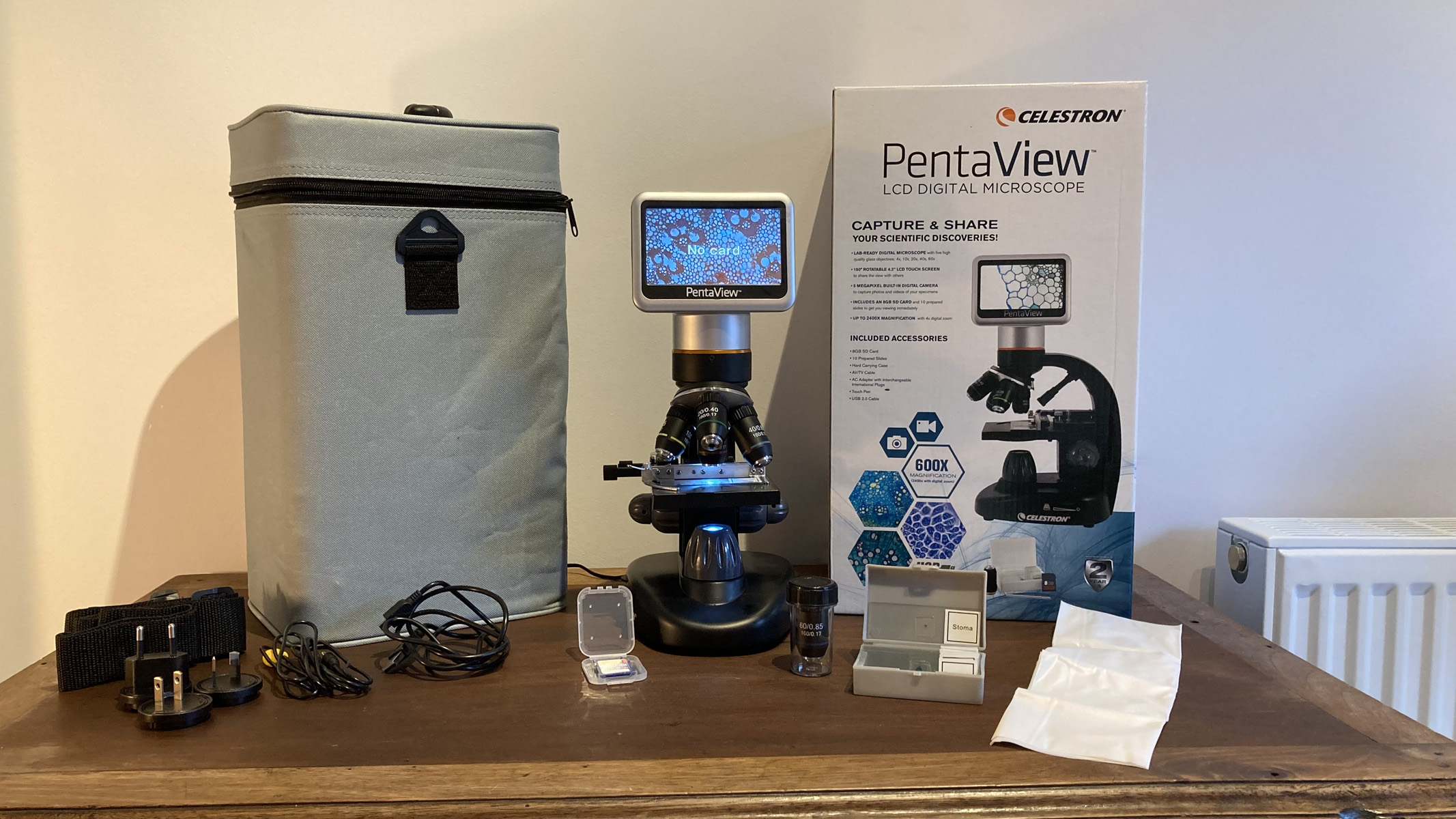Neuroglia, Vol. 4, Pages 15-27: Contribution of Central and Peripheral Glial Cells in the Development and Persistence of Itch: Therapeutic Implication of Glial Modulation
Neuroglia doi: 10.3390/neuroglia4010002
Authors: Parisa Gazerani
Chronic itch (CI) is an unpleasant skin sensation accompanied by an intense scratching desire that lasts 6 weeks or longer. Despite the high prevalence and negative impact on affected individuals and a huge healthcare burden, CI mechanisms are only partially understood, and consequently, treatment of CI remains sub-optimal. The complexity of CI treatment also stems from the comorbid existence of persistent itch with other somatic and psychological disorders. Etiologies of CI are multiple and diverse, although CI is often a result of dermatologically related conditions such as atopic dermatitis and psoriasis. Unfolding the pathophysiology of CI can provide possibilities for better therapy. Itch signaling is complex and neurons and non-neuronal cells play a role. This review focuses on recent findings on the role of glial cells in itch. Central glia (astrocytes and microglia) and peripheral glia (satellite glial cells and Schwann cells) are found to contribute to the development or persistence of itch. Hence, glial modulation has been proposed as a potential option in CI treatment. In experimental models of itch, the blockade of signal transducer and the activator of transcription (STAT) 3-mediated reactive astrogliosis have been shown to suppress chronic itch. Administration of a microglial inhibitor, minocycline, has also been demonstrated to suppress itch-related microglial activation and itch. In sensory ganglia, gap-junction blockers have successfully blocked itch, and hence, gap-junction-mediated coupling, with a potential role of satellite glial cells have been proposed. This review presents examples of glial involvement in itch and opportunities and challenges of glial modulation for targeting itch.

 1 year ago
59
1 year ago
59


